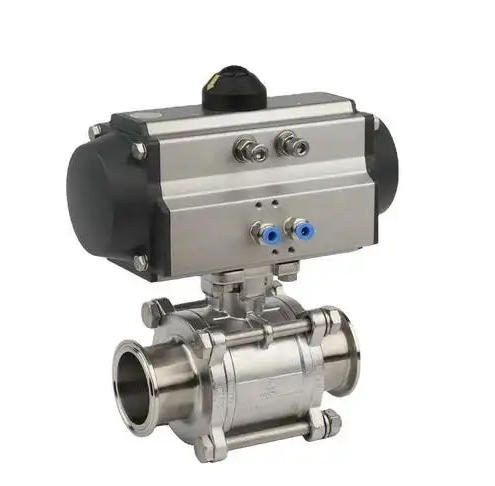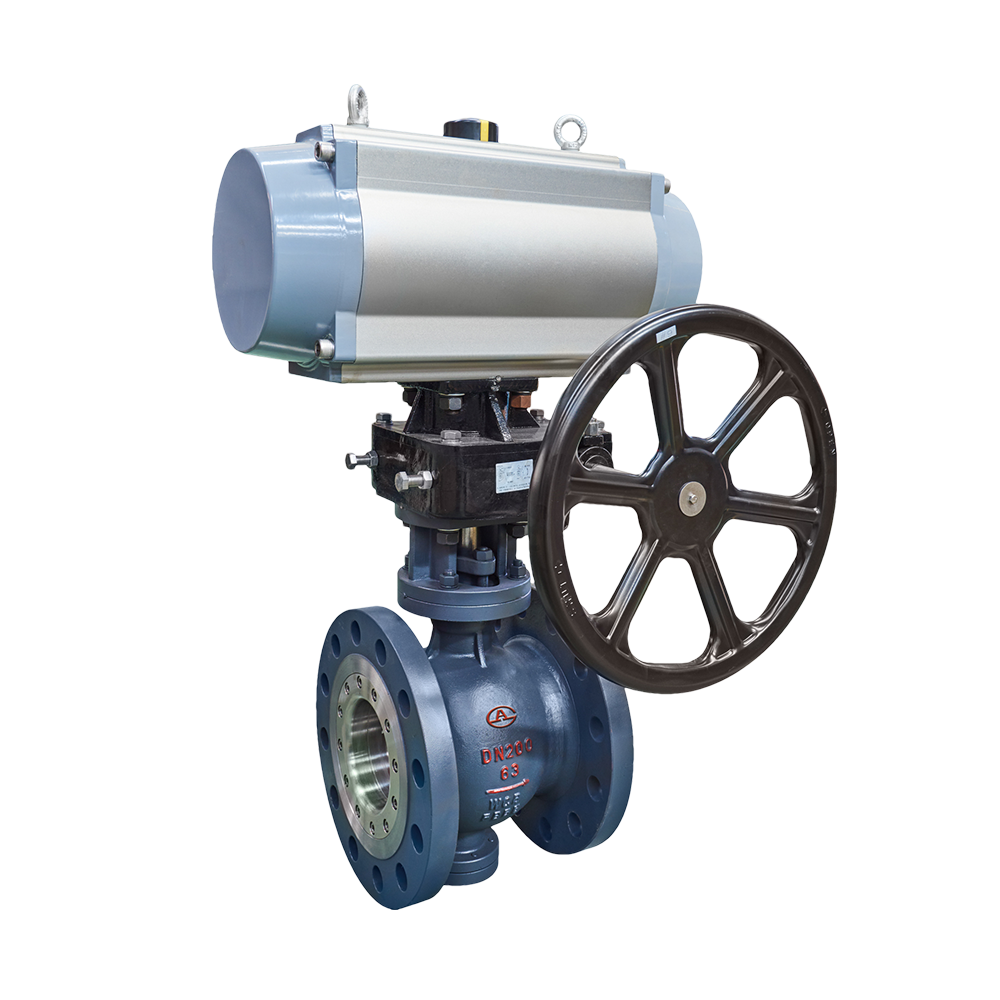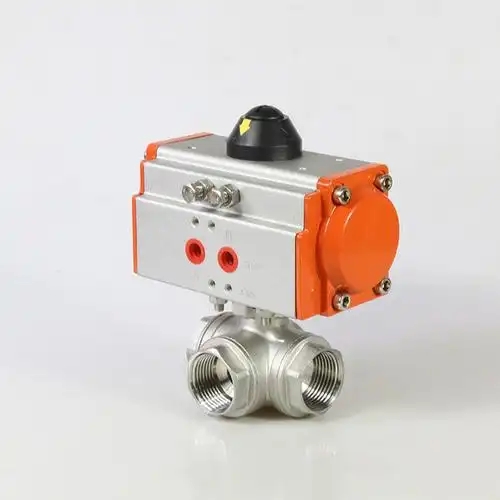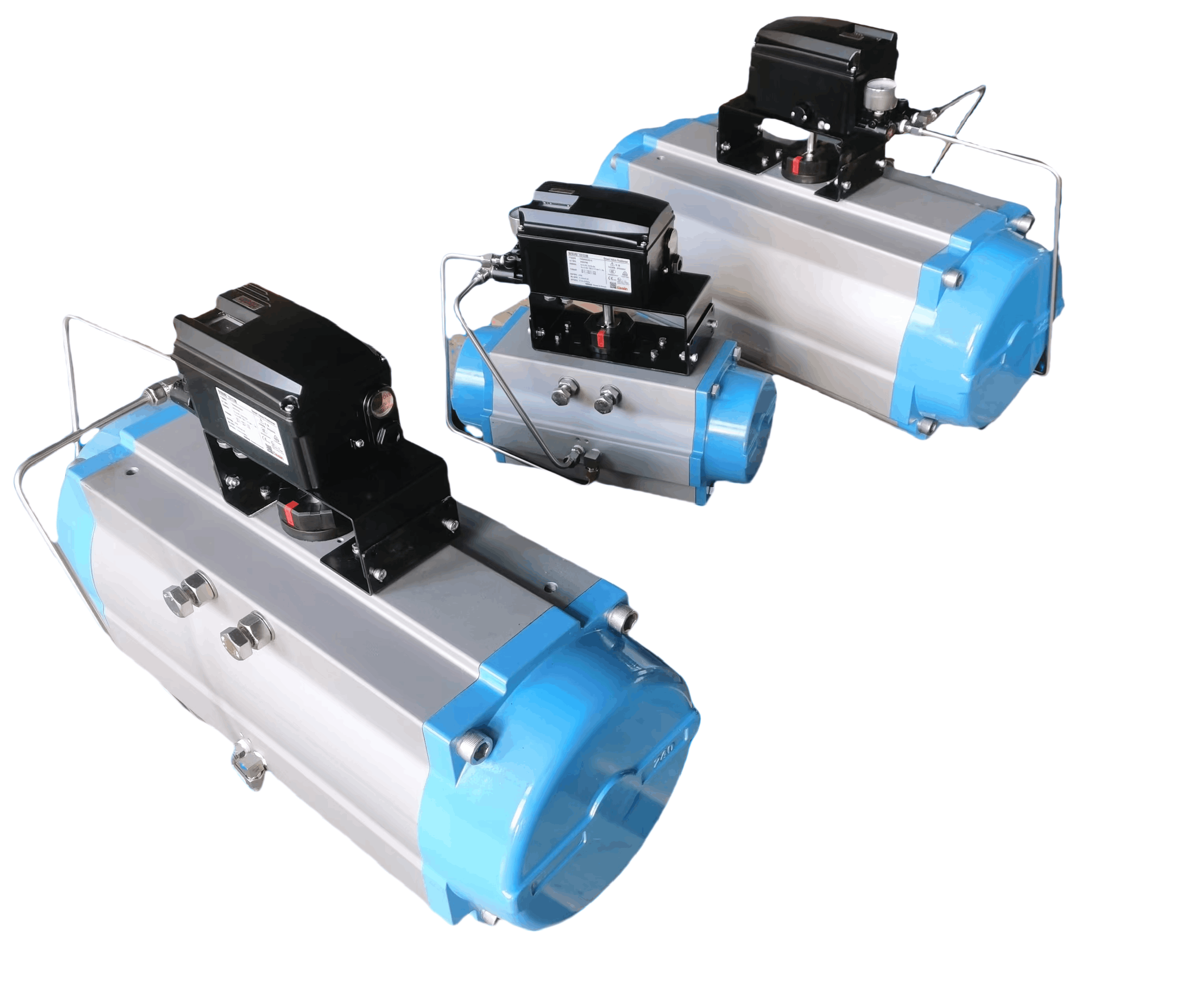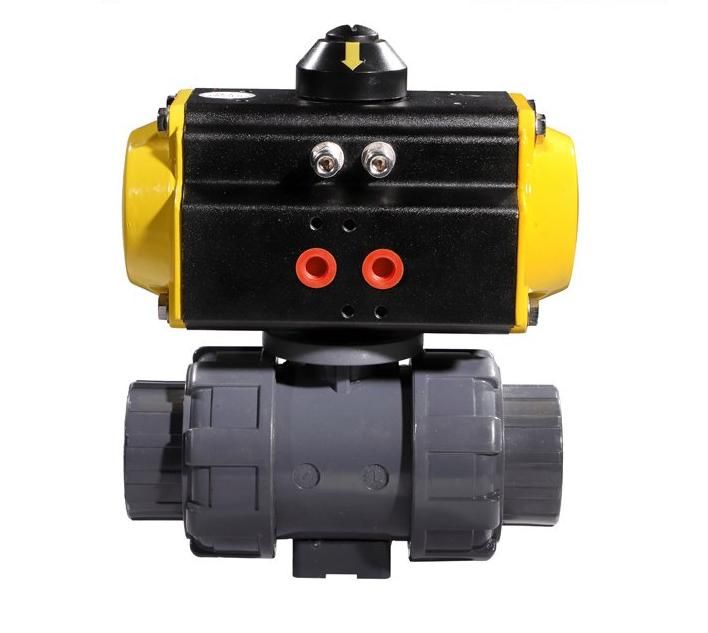Actuator Response Speed Factors
Key elements affecting pneumatic actuator performance and timing
Air Supply Pressure
- Consistent, adequate compressed air pressure (within manufacturer specs) is critical.
- Low pressure slows actuation, while excessive pressure may damage components.
- Pressure fluctuations or delays in air delivery directly hinder response speed.
Load and Torque Matching
- Mismatched torque—too little for the valve's resistance (e.g., high media pressure, tight seals)—causes sluggish movement.
- Overly high torque adds unnecessary mass, slowing acceleration.
- Precise alignment between actuator output and valve demands optimizes response.
Proper torque matching can improve response time by up to 30% in typical applications.
Component Condition
- Worn gears, sticky pistons, or clogged air passages increase friction, delaying motion.
- Clean, well-lubricated parts (gears, O-rings) ensure smooth operation.
- Faulty positioners or sensors in automated systems also disrupt timing.
Environmental Factors
- Extreme cold thickens lubricants and reduces air density, slowing actuation.
- High temperatures can degrade seals, creating resistance.
- Moisture or ice in lines blocks airflow, adding delays.
Environmental effects are often the most overlooked factor in actuator performance.
Control Signal Efficiency
- Rapid, clear signals from solenoid valves or controllers are key.
- Delays in signal transmission (e.g., from faulty wiring) slow response.
- Positioner calibration errors may misdirect actuation timing, affecting overall speed.
If you want to learn more about low-priced products, please visit the following website: www.xm-valveactuator.com







